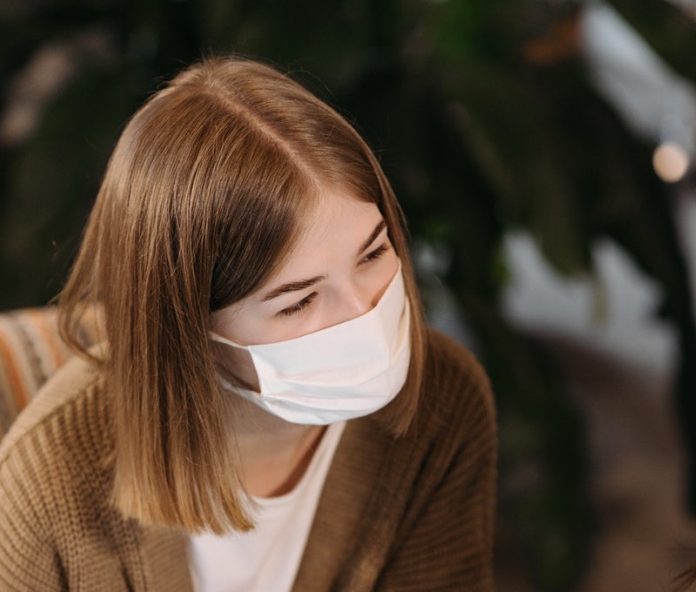
In a new study from the Barcelona Institute for Global Health, researchers found robust evidence that COVID-19 is a seasonal infection linked to low temperatures and humidity, much like seasonal influenza.
The results also support the considerable contribution of airborne SARS-CoV-2 transmission and the need to shift to measures that promote “air hygiene.”
A key question regarding SARS-CoV-2 is whether it is behaving, or will behave, as a seasonal virus like influenza, or whether it will be equally transmitted during any time of the year.
A first theoretical modeling study suggested that climate was not a driver in COVID-19 transmission, given the high number of susceptible individuals with no immunity to the virus.
However, some findings suggested that the initial propagation of COVID-19 in China occurred in latitude between 30 and 50 degrees N, with low humidity levels and low temperatures (between 5 degrees and 11 degrees C).
In the study, the team found a link between the transmission rate (R0) and both temperature and humidity at the global scale: higher transmission rates were associated with lower temperatures and humidity.
The team then analyzed how this association between climate and disease evolved over time, and whether it was consistent at different geographical scales.
They found the first epidemic waves waned as temperature and humidity rose, and the second wave rose as temperatures and humidity fell. However, this pattern was broken during summertime on all continents.
This could be explained by several factors, including mass gatherings of young people, tourism, and air conditioning, among others.
When adapting the model to analyze transient correlations at all scales in countries in the Southern Hemisphere, where the virus arrived later, the same negative correlation was observed.
The climate effects were most evident at temperatures between 12 degrees and 18 degrees C and humidity levels between 4 and 12 g/m3.
Finally, using an epidemiological model, the research team showed that incorporating temperature into the transmission rate works better for predicting the rise and fall of the different waves, particularly the first and third ones in Europe.
Altogether, these findings support the view of COVID-19 as a true seasonal low-temperature infection, similar to influenza and to the more benign circulating coronaviruses.
If you care about COVID, please read studies about this drug can block multiple COVID-19 variants and findings of this stuff adds fuel to COVID-19 inflammation, blood clots.
For more information about COVID and your health, please see recent studies about the nose shows why some people get severe COVID-19 and results showing that this drug could inhibit COVID-19 virus, may help treat infections.
The study is published in Nature Computational Science. One author of the study is Xavier Rodó.
Copyright © 2021 Knowridge Science Report. All rights reserved.



